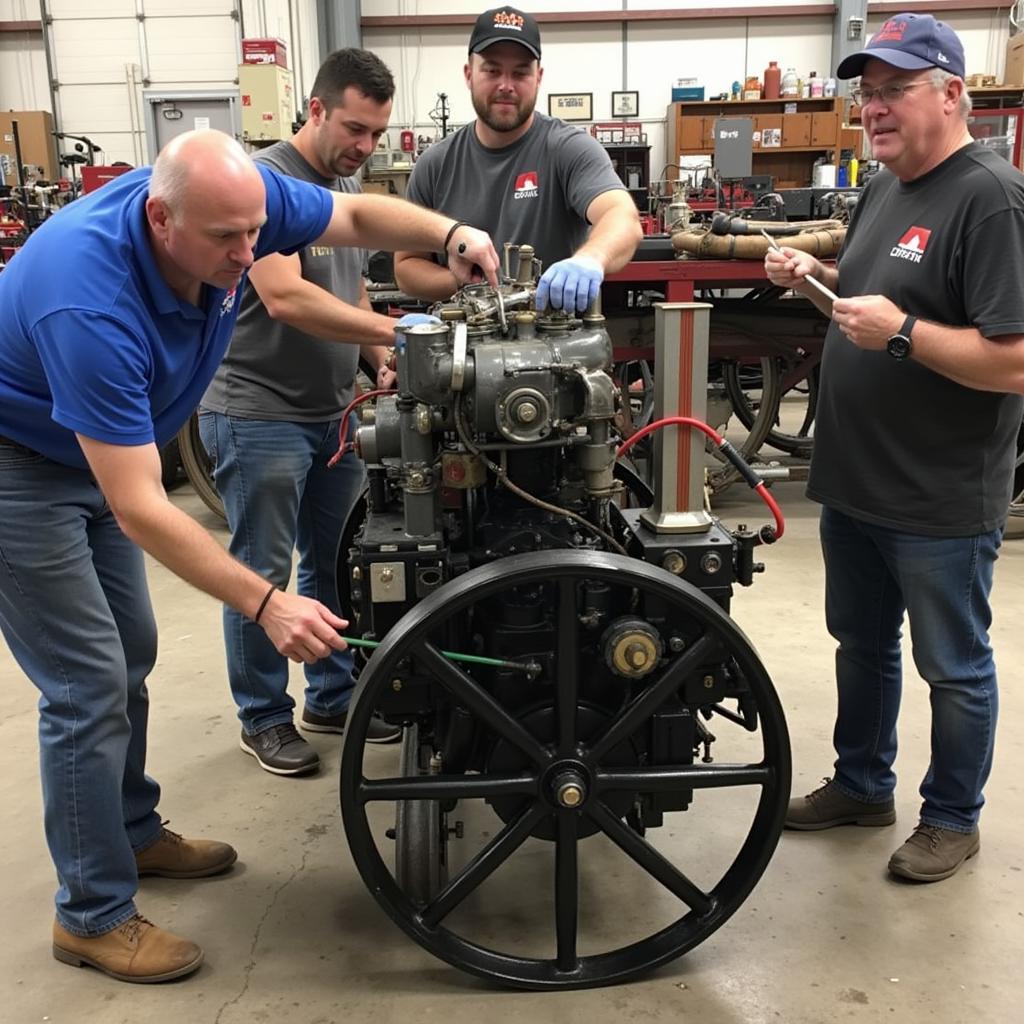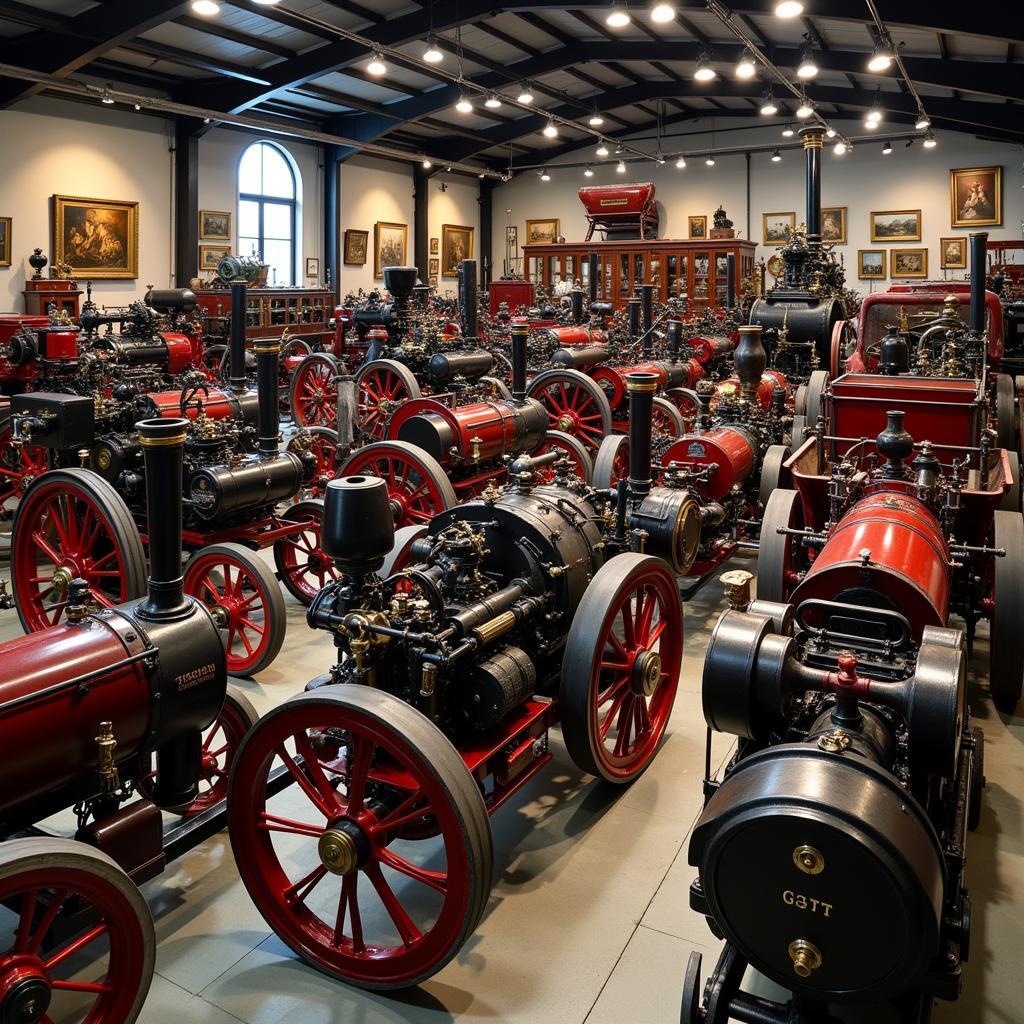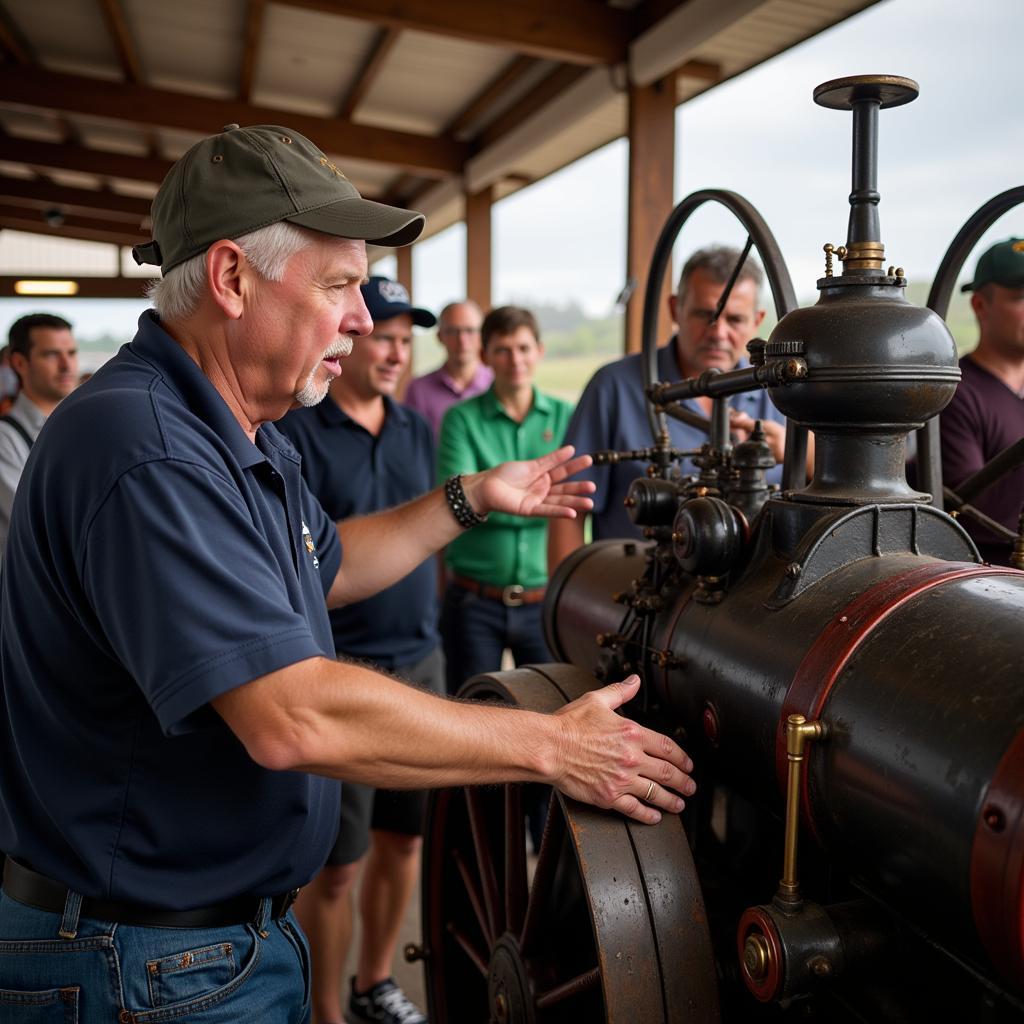The Historical Engine Society plays a vital role in preserving the legacy of engines that powered past innovations. From steam engines that drove the Industrial Revolution to the internal combustion engines that shaped modern transportation, these mechanical marvels offer a glimpse into the ingenuity of past generations. Understanding the historical engine society and its impact is crucial for appreciating the technological advancements that have shaped our world.
The allure of historical engines lies not only in their intricate mechanics but also in the stories they tell about the people who designed, built, and used them. These engines are tangible reminders of a time when innovation was driven by necessity and fueled by human ingenuity. More than just static displays, they are windows into the past, connecting us to the ingenuity and perseverance of those who came before. Soon after the first paragraph, you might be interested in reading about the effects of music on society.
What is a Historical Engine Society?
A historical engine society is a group of individuals dedicated to the preservation, restoration, and appreciation of historical engines. These organizations serve as repositories of knowledge, bringing together enthusiasts, historians, and engineers to celebrate the mechanical heritage that has shaped our world. They provide a platform for sharing information, exchanging expertise, and fostering a community of like-minded individuals passionate about preserving the past.
What are the benefits of joining a historical engine society? Members benefit from access to a wealth of information, including technical manuals, historical documents, and the collective knowledge of fellow enthusiasts. They also have opportunities to participate in restoration projects, attend workshops, and network with other members who share their passion. These societies often organize events, such as exhibitions and demonstrations, that showcase the power and beauty of these historical machines.
The Importance of Preserving Historical Engines
Preserving historical engines is essential for understanding the evolution of technology. By studying these machines, we can trace the progression of engineering principles and appreciate the ingenuity of those who came before us. These engines are not just relics of the past; they are valuable educational tools that can inspire future generations of engineers and innovators. They remind us of the continuous cycle of innovation and the importance of learning from the past to shape the future.
How Historical Engine Societies Contribute to Education
Historical engine societies play a vital role in educating the public about the significance of these machines. Through exhibitions, demonstrations, and educational programs, they bring history to life, allowing people to experience firsthand the power and ingenuity of these historical engines. They offer a tangible connection to the past, making history more relatable and engaging for people of all ages.
 Historical Engine Society Members Restoring an Engine
Historical Engine Society Members Restoring an Engine
Why is this important for future generations? By fostering an appreciation for the past, these societies inspire future generations to pursue careers in STEM fields and contribute to the ongoing cycle of innovation. They also help to preserve a vital part of our cultural heritage, ensuring that the stories of these incredible machines are not lost to time. Furthermore, exploring these historical engines within the context of a society provides a unique opportunity to understand the social and economic impact of these technologies on their respective eras. This can lead to valuable insights into how technology shapes society and how we can better navigate the technological advancements of the future.
Different Types of Historical Engines
Historical engine societies often focus on specific types of engines, reflecting the diverse range of machines that have powered progress throughout history. From steam engines that revolutionized industry to the internal combustion engines that transformed transportation, each type of engine tells a unique story of innovation and human ingenuity. The Grand Rapids Model Railroad Historical Society provides a fascinating look into the miniature world of railroads.
Steam Engines
Steam engines, powered by the expansion of steam, were instrumental in the Industrial Revolution. They powered factories, mills, and locomotives, transforming the landscape of industry and transportation.
Internal Combustion Engines
Internal combustion engines, which burn fuel within the engine itself, revolutionized transportation in the 20th century. They power automobiles, airplanes, and countless other vehicles.
 Various Historical Engines on Display
Various Historical Engines on Display
What about electric motors? While not as prominent in historical engine societies, electric motors played an important role in the development of industrial machinery and continue to be essential today. You might find information about this on the electric ink society page.
The American Truck Historical Society Truck Show offers a glimpse into the evolution of trucking and the impact of these vehicles on society.
Conclusion
The historical engine society is more than just a collection of enthusiasts; it’s a vital link to our technological past. By preserving, restoring, and celebrating these incredible machines, they ensure that the stories of innovation and human ingenuity are not lost to time. They inspire future generations to embrace the spirit of innovation and contribute to the ongoing evolution of technology. Studying the historical engine society and the engines it preserves is crucial for understanding the foundations of our modern technological world and appreciating the journey of human ingenuity.
 Historical Engine Enthusiast Explaining Engine Operation
Historical Engine Enthusiast Explaining Engine Operation
The Amherst Railway Society Railroad Hobby Show is another example of how enthusiasts are preserving and sharing their passion for historical transportation.
FAQ
- What is the primary purpose of a historical engine society? To preserve, restore, and celebrate historical engines.
- How can I become a member of a historical engine society? Most societies have websites or contact information where you can inquire about membership.
- What types of engines are typically featured in these societies? Steam engines, internal combustion engines, and sometimes electric motors.
- What are the benefits of joining a historical engine society? Access to resources, networking opportunities, and participation in restoration projects.
- Why is it important to preserve historical engines? To understand the evolution of technology and inspire future generations.
- Where can I find more information about historical engines? Libraries, museums, and online resources.
- How do historical engine societies contribute to education? Through exhibitions, demonstrations, and educational programs.
If you need support, please contact Phone: 02043854663, Email: societyforpeace@gmail.com or visit us at: Zone 34, Bac Giang, 260000, Vietnam. We have a 24/7 customer service team.
 using WordPress and
using WordPress and